If you are a Tesla owner in California, your vehicle does not conform to all applicable warranties, and Tesla fails to repair your car after attempting to do so a reasonable number of times, you have the legal right to either a refund or replacement – subject to the amount being offset by the number of miles driven prior to the vehicle needing its first repair related to the issue in question.
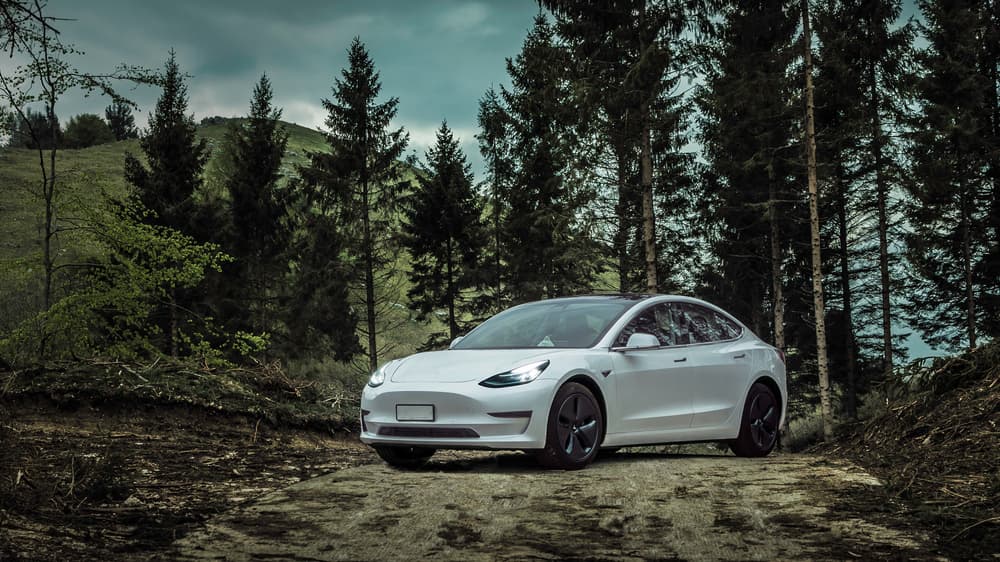
California’s lemon law, as it applies to Tesla, presumes that a reasonable number of repair attempts have been made when – within either the first 18 months of delivery or the first 18,000 miles driven, whichever comes first – one of the following applies:
If one of the first two reasons apply to your vehicle, informing Tesla of the issue or issues in writing is required.
If you have a Tesla that you think may qualify under California’s lemon law, the first matter of consideration is whether or not it is still under the manufacturer’s warranty. Tesla offers a range of warranty packages that vary according to model, and this will guide your case. Another primary concern is that the issue with your Tesla must have been addressed by a Tesla dealership – in order to bring a successful Tesla lemon law case, you must have allowed the dealer an adequate opportunity to fix the problem. If your Tesla hasn’t been running for a significant length of time due to a problem that continues to recur, California’s lemon law may apply and could afford you financial relief.
When it comes to determining the most problematic Tesla models, it’s something of a mixed bag.
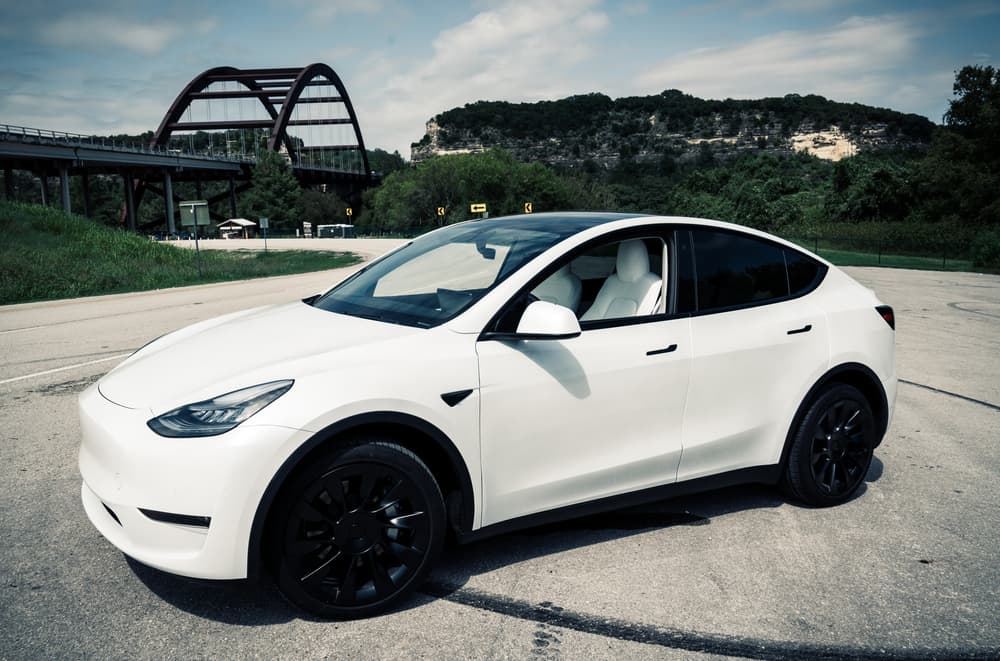
According to Hotcars, the 2023 Tesla Model S received a Consumer Report rating of 2 out of 5 and an overall score of 62 out of 100, ranking it in spot number 8 in the top 10 lineup for most unreliable EV vehicles. This is Tesla’s flagship model, and its driving range and power are just two of the reasons for its nearly mythical standing. The Model S, however, has also experienced some hiccups along the way. The primary concerns with the Model S include the following:
Tesla’s concerns tend to be specific to the model, and while the Model S is beloved for its sleek design and hi-tech features, it is closely associated with defects like the following:
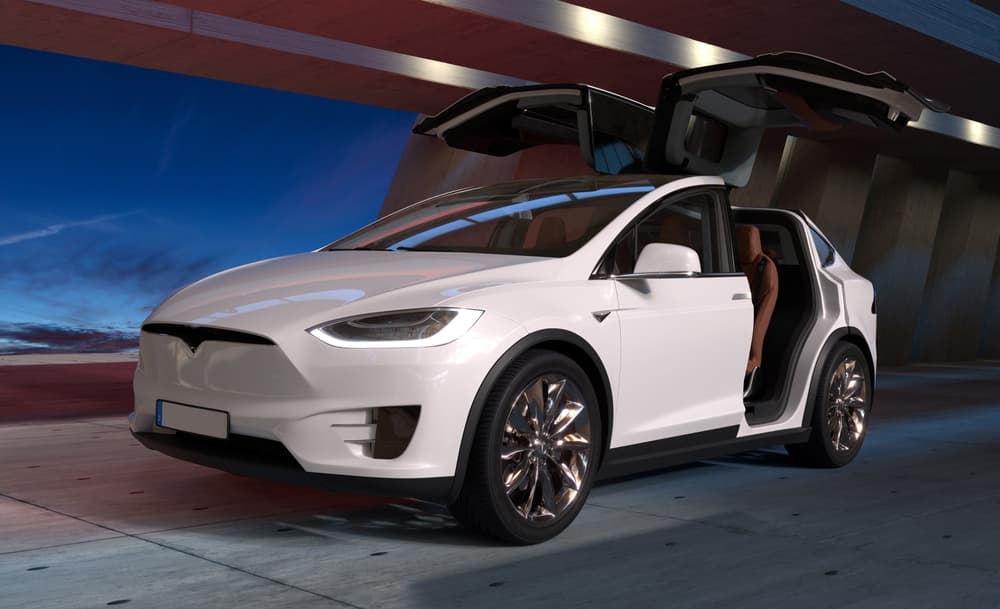
The Tesla Model X hits the number 4 spot with a Consumer Report score of 2 out of 5 and an overall rating of 52 out of 100. While its falcon-wing doors, lightning acceleration, and 670 hp motor were designed to make the Model X a star among performance SUVs, it has earned a reputation for being the most unreliable of all the Tesla vehicles out there. Some of the most serious concerns include:
Defects that Model X owners tend to complain about include all the following:
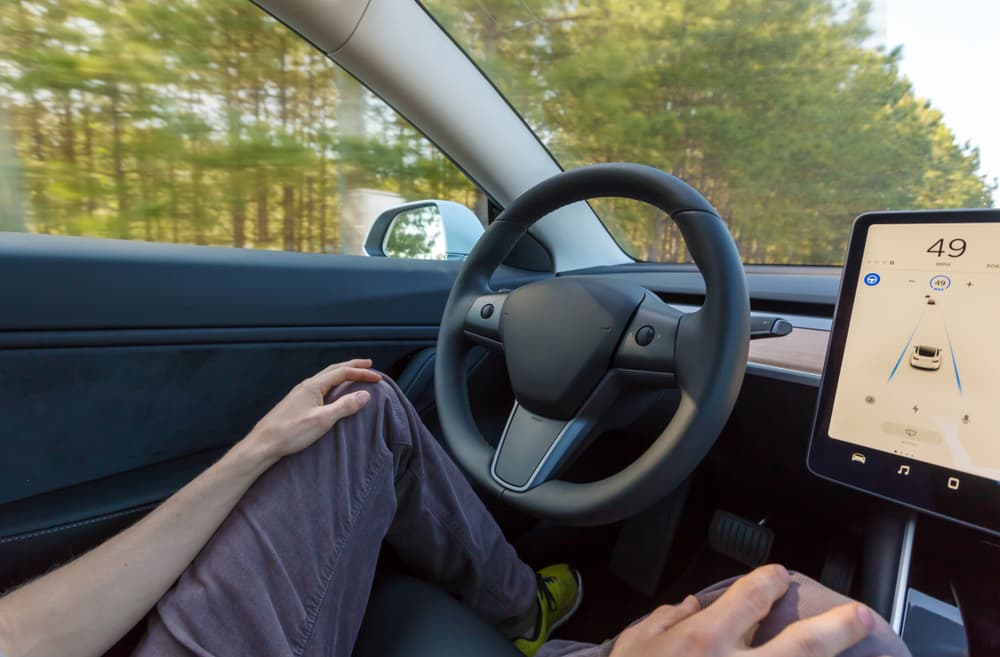
The manufacturer makes four models, and two of these consistently make various Top Ten lists of least reliable EV vehicles. The year of manufacture, however, can also play a significant role in performance.
Of the four Tesla sedan models, specific years tend to have their own concerns, and they break down as follows:
The Model X is the costliest Tesla model to maintain, and the 2013 Tesla Model S is generally considered the least reliable of the entire line. Further, the Tesla Model 3 costs the least in terms of both starting price and maintenance costs, and the 2021 Tesla Model 3 is identified as the most reliable Tesla across the board.
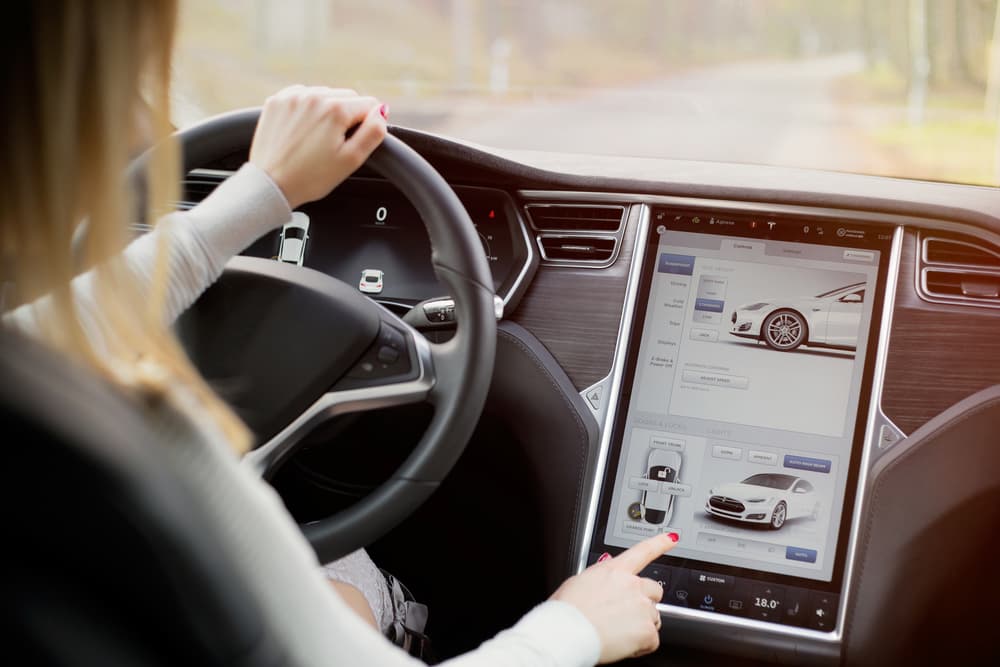
The 2013 Tesla Model S has widely been touted as the most unreliable Tesla on the market and deserves some attention of its own. The two primary defects that earn the most complaints include:
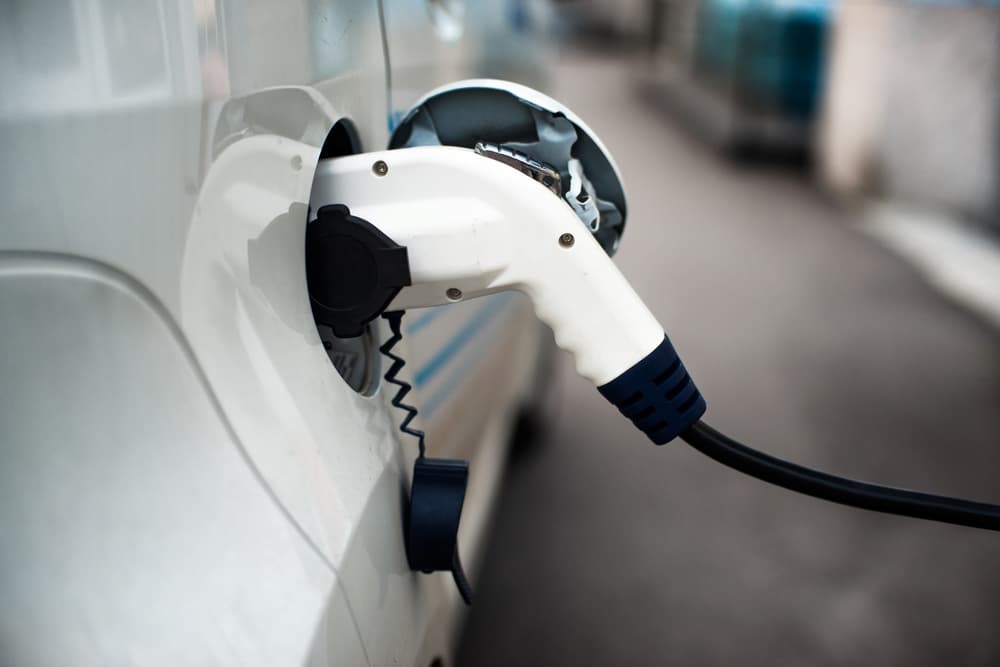
Each of Tesla’s four models has its own concerns, but issues that tend to apply across the board include:
Defects that are most common to the Tesla Model 3 include:
The core cause of the Model 3 defect is a faulty high-voltage controller, but software updates can remedy others. To help offset the problems that come with the Model 3, the average annual repair costs are significantly lower than they are for other models.
Some of the most serious problems related to the Model Y stem from its high-tech EV transmission system. Consider some of the most common consumer complaints:
Call 833-536-5297 or fill out our simple online form to set up a consultation with the Lemon Law Lady in California
According to CNN Business, even Elon Musk – Tesla CEO – admits to manufacturing concerns with the Model 3.

In 2018, an engineering consultant who reverse engineered cars after tearing them apart in order to assess overall quality issued a harsh appraisal of the Model 3 that likened its flaws to those seen in Kias in the 1990s. He went on to note significant inconsistencies related to the following:
He finished his commentary with – I can’t imagine how they released this. Musk, who generally isn’t one to welcome criticism, called the review accurate.
Even Tesla employees have plenty to say about manufacturing concerns. According to CNBC, Tesla employees have reported on all the following issues:
One specialist on lean manufacturing put it this way:
Even during what is considered ‘launch’ mode, if a company is selling its cars to customers, it should not be experiencing large amounts of rework. This speaks to an internal quality issue . . . on a magnitude that is not normal for most car manufacturers.
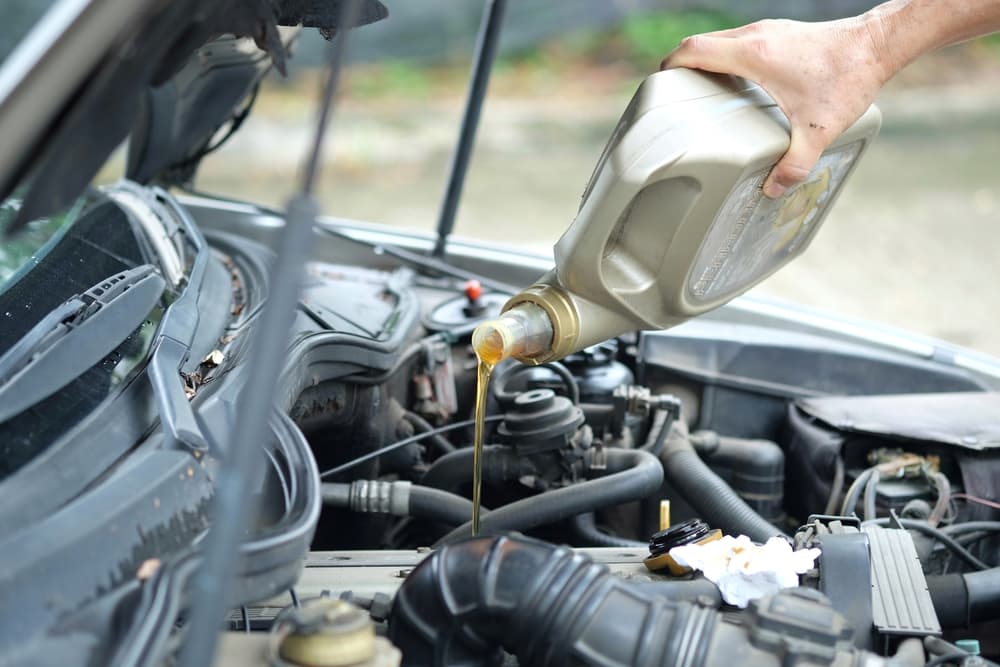
When it comes to Tesla manufacturing, quality control is a primary concern. Many owners detail issues related to poor alignment between door panels and bumpers that can lead to cabin leaks, and this is not to mention the issues related to door handles and AC units that continue to plague several models. Inferior paint jobs are also a common issue. One owner of both a Model Y and a Model 3 discusses the lack of consistency that plagues Tesla. After listing the issues with his more recent Model Y purchase, he shared the following:
Ultimately, he considered sending the car back a roll of the dice – the next car could have more defects, which speaks to exactly how inconsistent Tesla manufacturing can be.
Tesla has a string of recalls that apply to all of its vehicle models.
Tesla recalled select Model S, Model X, Model 3, Model Y, and 2024 Cyber Truck models. The issue involves incorrect displays for the Brake, Park, and Antilock Brake System (ABS) warning lights.
Tesla recalled certain Model S, X, and Y vehicles that are equipped with full self-driving computers due to a concern regarding software stability, which could potentially hinder the display of the rear view camera image.
Tesla recalled specific Model S and X vehicles due to a potential safety issue. In the event of a crash, the cabin doors may become unlocked.
Tesla recalled certain Model S, Model X, Model 3, and Model Y vehicles equipped with all versions of Autosteer prior to the version(s) containing the recall remedy. Under specific conditions, the driver-assistance feature may not adequately deter driver misuse.
Tesla recalled certain Model S and Model X vehicles due to potentially incorrect airbag installation.
Tesla recalled specific 2023 Model S, Model X, and Model Y vehicles because the forward-facing camera could be improperly aligned, leading to the potential unavailability of certain active safety features like emergency braking, forward collision warning, and lane assist, without notifying the driver.
Tesla recalled specific 2023 Model 3 and Model Y vehicles for potentially defective pyrotechnic battery disconnects.
Tesla recalled specific 2022 and 2023 Model Y vehicles for steering wheel fasteners that were potentially loose.
Tesla recalled specific 2023 Model X vehicles that are equipped with the full self-driving computer 4.0 and that were running a specific software release version – citing that weak camera signal strength could prevent the display of the rearview image, which reduced rear visibility beyond federal requirements.
Tesla recalled specific 2018 and 2019 Model 3 vehicles due to the front suspension lateral link fasteners having the potential to loosen, allowing the lateral link, itself, to separate from the subframe.
Tesla recalled specific 2022 and 2023 Model Y vehicles based on the risk that seat-back frames in the back may not be securely tightened.
Tesla recalled specific 2016-2023 Model X vehicles and 2020-2023 Model Y vehicles that are equipped with full self-driving Beta software – or that are pending installation – due to potentially unsafe maneuvers in intersections, including:
Tesla recalled specific 2023 Model Y vehicles based on the front suspension lateral link fasteners potentially being attached improperly to the subframe.
Tesla recalled specific 2023 Model 3 vehicles due to an intermittent problem of one or both tail lights failing to illuminate. Another recall on the same day included specific 2021-2023 Model X vehicles in which the restraint control module (RCM) calibration could cause front passenger airbags to deploy incorrectly during certain kinds of low-speed crashes, which isn’t in compliance with federal occupant crash protection requirements.
Tesla recalled specific 2017- 2021 Model S and Model X vehicles due to the electronic power assist steering (EPAS) potentially losing power after hitting a pothole or driving on rough roads.
Tesla recalled specific 2017-2022 Model 3 vehicles due to the risk that specific seat belt buckles and anchors in the back may have been incorrectly reassembled during vehicle service.
Tesla recalled specific 2017-2022 Model 3, 2020-2022 Model Y, and 2021-2022 Models S and X vehicles as a result of their window automatic reversal system potentially reacting incorrectly after detecting an obstruction – thus causing them to fail to meet federal standards regarding power operated window systems.
Tesla recalled specific 2022 Model S vehicles based on their front bumper carrier structures, potentially altering their crash detection ability, which leads to incorrect front passenger airbag deployment during certain kinds of low-speed crashes.
Tesla recalled specific 2020 and 2021 Model 3 and 2021 Model Y vehicles for swapped camera views related to the fisheye and narrow cable terminals being incorrectly installed in the cable harness connector.
Tesla recalled specific 2021 and 2022 Models S and X and 2022 Models 3 and Y vehicles that operate certain firmware releases. The infotainment central processing unit (CPU) has the potential to overheat during the preparation for or process of fast charging, which can lead to the CPU lagging behind or restarting altogether.
Tesla recalled specific 2018-2022 Model 3 Performance vehicles due to the unit of speed, such as miles per hour, potentially failing to display on the speedometer while in Track Mode and failing to comply with federal regulations regarding controls and displays.
When it comes to how many attempts constitute a reasonable number in relation to repairing your Tesla, there is not a simple, definitive answer. The truth is that it depends.
Generally, the dealer must be given at least two opportunities to correct the defect before California’s lemon law applies. If the concern in question, however, is something as serious as brake failure, two opportunities may be the limit when it comes to a reasonable number. If the defect in question is more of an annoyance than anything else – and doesn’t jeopardize the lives of passengers – the number of repair attempts considered reasonable rises.
Not every issue you have with your Tesla – or any other vehicle – will occur consistently. We all know the frustration involved with taking our vehicle in for service, only for that annoying sound to disappear when the repair person is behind the wheel.
In this kind of situation, taking your car in repeatedly – exceeding three or four times – is likely to your advantage. If you are convinced your Tesla has an issue, it very likely does – whether the dealership can duplicate the presenting problem or not.
Speak with a Tesla lemon law attorney if you believe your vehicle is a lemon. We can assess your legal rights and options and pursue justice for your defective Tesla.